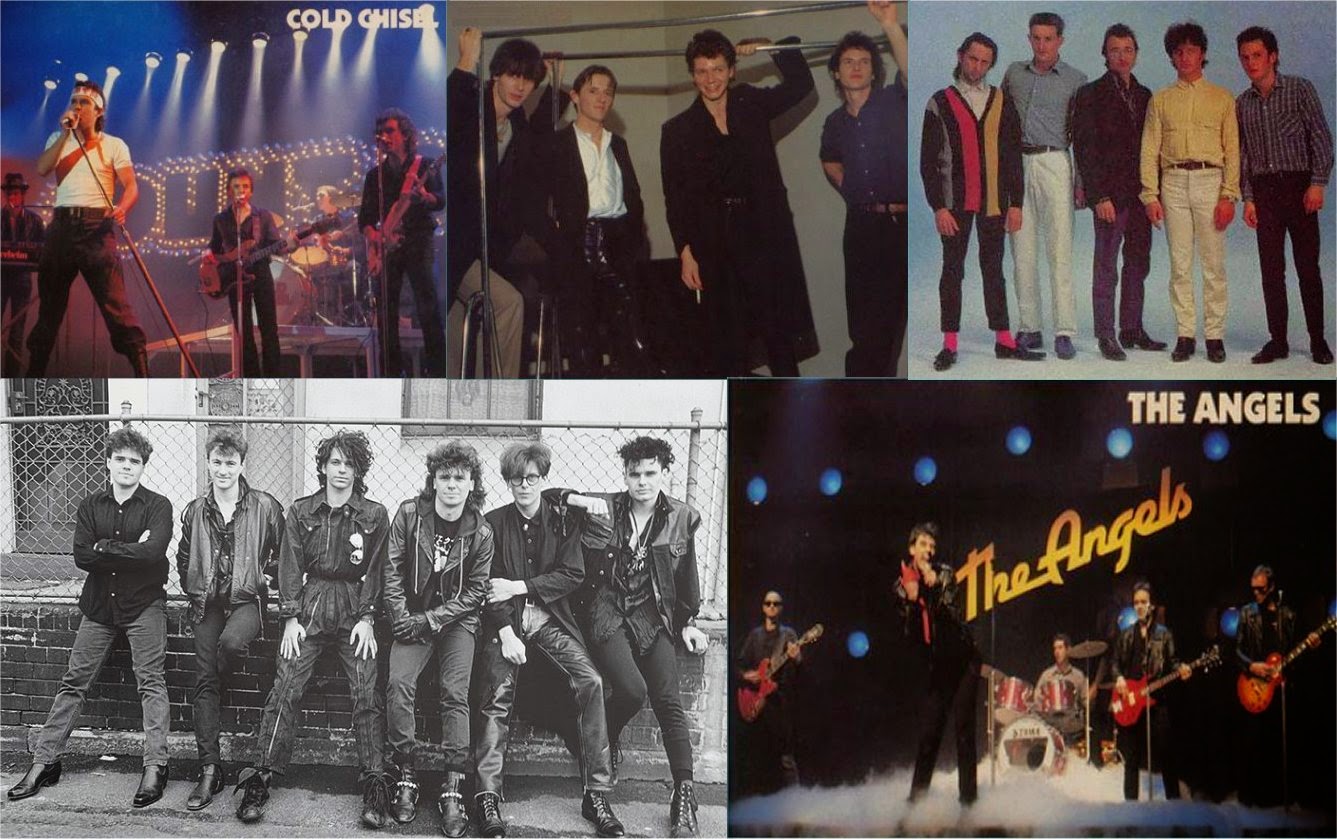(Various Australian Artists 1972)
.
Though not the first major music festival in Australia, the Sunbury Music Festival was the first to turn a profit and to run consecutively for several years. For 4 years from 1972, the festival was held on the Australia Day long weekend at a private farm on the outskirts of Sunbury near Melbourne, attracting around 35,000 punters of pop. Likened at the time to Woodstock, today Sunbury can be seen as a forerunner to big festivals like Big Day Out, Falls and Splendor in the Grass. Line-ups included home-grown acts such as Skyhooks, Billy Thorpe and the Aztecs, Sherbet, Daddy Cool and Captain Matchbox; with international guests like Queen and Deep Purple headlining in later festivals. However, it was Deep Purple who tolled the death knell for the Sunbury festival in 1975. Operating at a loss, organisers paid out the UK rock stars at the expense of the local acts who went home penniless.
Sunbury 72
David Hill (a youthful ABC journalist) reported the pioneer festival culture at Sunbury '72 as a mix of hippies, yobbos, organic food stalls and makeshift tents and swags. The first Sunbury concert was held over the Long Weekend period from 29th to 31st January, 1972.
Tickets cost $6 for the 3 days and there was an estimated 35-40,000 in attendance. Gerry Humphreys (of the The Loves Ones) was the MC and the festival sported the largest number of bands of all the Sunbury concerts. Bands playing at the festival were:
The Bushwackers and Bullockys Bush Band
Captain Matchbox Whoopee Band
 Glenn Cardier
Carson
Chain
Glenn Cardier
Carson
Chain
Company Caine
Friends
Healing Force
The La De Das
Mackenzie Theory
Phil Manning
Max Merritt and the Meteors
Pilgrimage
Pirana
Wendy Saddington
SCRA
Spectrum
Tamam Shud
Billy Thorpe & The Aztecs
Total Fire Band
The Wild Cherries
Greg Quill & Country Radio
Highway
Indelible Murtceps
The La De Das
Mulga Bill's Bicycle Band
Blackfeather
Barry McCaskill & The Levi Smith Clefs
Because the site of Sunbury Music Festival was closer to Diggers Rest than Sunbury itself, many patrons travelling by train to the festival would get off at Diggers Rest station. However, the "Diggers Rest Pop Festival" just didn’t have the same zing to it. While the inaugural concert of 1972 is usually remember as being an all-Australian event, many of the performers actually hailed from New Zealand. But as we do, we’ll turn a blind eye to that and claim them as our own, especially Thorpie.
Sunbury '72 also exemplifies the male domination of the popular music scene at that time, although photographs indicate that the audience seems to have been fairly evenly split in gender terms, almost all the performers were male. Wendy Saddington was the only female headliner on the bill, and only one other band, Mackenzie Theory, featured a female member (violist Cleis Pearce).
The festival was organised in late 1971, when a company called Odessa Promotions was formed in Melbourne. Its principals were, according to Adrian Rawlins, "industry people" from the Melbourne television scene, including several TV floor managers and directors; it is likely that several had worked on Melbourne pop TV like Uptight. The principal of the company was John Fowler.
By this stage, five other major festivals had already been mounted, and the oft-repeated claim that Sunbury was Australia's first rock festival is quite untrue. Unfortunately, none of these earlier festivals was financially successful. Undeterred, Odessa Promotions organised and promoted a major rock festival with an all-Australasian line-up, although it's important to note that we don't know for sure whether this was a deliberate decision (or one merely dictated by financing) or whether or not Odessa considered bringing in overseas acts (or not).
.
.
The evidence suggests that Sunbury's success was a mixture of good luck and good timing, rather than careful planning and good organisation. Like Woodstock, Sunbury almost didn't take place, when they began looking for a site, the organisers discovered that few landowners were willing to allow their property to be used for a three-day rock festival that would attract tens of thousands. Fortunately, the festival was saved by a local landowner who offered Odessa the use of part of his property at Glencoe, just outside the township of Sunbury, about 35 km north-west of the city. The farmer, Mr George Duncan, was reportedly motivated to make the offer because he "believed in young people".

Opinions vary greatly about Sunbury's significance. Most commentators claim that it was a turning point in Australian rock, a symbolic coming-of-age for youth culture, and the birthplace of the pub-rock scene. These theses have been prosecuted by rock historian Ian McFarlane and the writers of 'Long Way To The Top', among others. As a result, the assertion that Sunbury was a defining moment in Australian music history has been accepted virtually without question, and without reference to any other evidence, and much of the information about it remains unconfirmed and anecdotal. As far as we know, no-one as yet has undertaken the tasks of recording a comprehensive oral history that includes performers, organisers and patrons.
However, the
website used in the above account of Sunbury 72, probably boasts the most extensive accounts and photos of the four Sunbury concerts, and is worthwhile visiting.
.
Sunbury 72 (extract from The Real Thing)
According to Billy Thorpe, 'Australia was always about two years behind the States. They had Woodstock in 1969 and we had Sunbury in 1972.' Billy continues: 'I went to Sunbury for five days with my wife and we got a tent backstage and lived there while they built the site. It was a real community. And the vibe was just extraordinary.'
The first day of the Sunbury pop festival, 28 January 1972, marked the beginning of the modern era for Australian rock & roll. Held over three days on a 300-acre site just outside Melbourne, Sunbury was the biggest single rock event to be staged in Australia. The bill was largely home-grown and, as Thorpe points out, all the architects of the Successes of the '70s were at that festival— Michael Browning, Michael Chugg, Michael Gudinski, Sam Righi and Roger Davies. The acts were even more crucial. Max Merritt and The Meteors flew back to Australia from the UK for the gig, which also featured every major Australian artist with the exception of Daddy Cool. As with Woodstock (the film of which had recently been shown across Australia and which had done more to propagate the myth of the rock festival than the event itself), Sunbury was a celebration of youth culture.
 |
| Max Merritt And The Meteors |
The Acacia River was the inevitable site for skinny-dippers, coverage of which was the most interesting phenomenon for the mass media. Two young men were arrested for public indecency after having sex with a sixteen-year-old girl, two babies were born, and the kids behaved well.
Nudity notwithstanding, the show really belonged to Thorpie. The Aztecs were then at their absolute prime and they blew the heads off most of the music fans with a two-hour set of relentless boogie. By the time they rocked into 'Most People I Know Think That I'm Crazy' it was clear that Thorpie was king and that the country had a new national anthem.
By early 1975 Billy Thorpe and The Aztes had become the loudest and
heaviest band in the country. Their appearance at Sunbury '72 cemented
their popularity with the yob crowd and resulted in the Live at Sunbury
album. Also in 1972 the band released the single 'Most People I Know
Think That I'm Crazy' which became Billy Thorpe's first Top 10 hit in
seven years. The album More Arse Than Class followed in 1974 which found
favour with the 'Suck More Piss' crowd. [extract from 'The Real Thing (1957-Now)', Toby Creswell & Martin Fabinyi, Random House 1999, p58-59]
.
This post consists of MP3 (320kps) and FLACs ripped from my treasured double vinyl set, which I acquired some years ago at a garage sale (and let it be known that the early bird does catch the worm). I couldn't believe my luck when I found this gem tucked away in amongst some throw away titles and happily paid the $2 price tag. When I discovered its immaculate condition, I knew it was the find of the century.
So here it is folks, in all its glory. No pops or crackles to be heard and full album artwork for both LP and CD are included (thanks to Micko for the CD Artwork). I have also chosen to include the full rendition of Mamma (by Billy Thorpe And The Aztecs) released on their own Live At Subury album, which is 2 minutes longer than this release. In addition, the bonus Sunbury 72 recording " I Wanna Make Love To You" by SCRA is also included to help fill out this resulting 2 CD set.
I would also like to acknowledge the use of photos sourced from the National Australian Library and others taken by Soc Hedditch.
Update: I've just added a tribute track by Max Merritt entitled "Sunbury" which was released on his 2020 album 'I Can Dream', a song he wrote about the 1972 Sunbury Concert. RIP Max - we miss you mate.
.
.
Track Listing
01 - Morning Good Morning (The La De Das)
02 - Roundabout (The La De Das)
 03 - Gonna See My Baby Tonight (The La De Das)
04 - Soul Sacrifice (Pirana)
03 - Gonna See My Baby Tonight (The La De Das)
04 - Soul Sacrifice (Pirana)
05 - Some Good Advice (Spectrum)
06 - I'll Be Gone (Spectrum)
07 - We Are Indelible (The Indelible Murtceps)
08 - Be My Honey (The Indelible Murtceps)
09 - But That's Alright (The Indelible Murtceps)
10 - Try A Little Tenderness (Max Merritt And The Meteors)
11 - Fanny Mae (Max Merritt And The Meteors)
12 - You Touch Me (Max Merritt And The Meteors)
13 - Roly Poly (SCRA)
14 - Mamma (Billy Thorpe And The Aztecs)
Bonus Tracks
14 - Mamma (Billy Thorpe And The Aztecs - Full Version) *
15 - I Wanna Make Love To You (SCRA - Bonus Track) +
* Taken from The Aztecs Live At Sunbury
+ Sourced from YouTube
.
Sunbury 72 Link (MP3)
New Links 21/10/2015
.
Sunbury 72 Part 1 (FLAC)
New Link 12/11/2016
.
Sunbury 72 Part 2 (FLAC)
 In 1983 Australia II with its secret ‘winged keel’ won the America’s Cup putting an end to America’s 132-year hold of the title—still the longest winning record in modern sports history. Australia II was the smallest yacht ever to challenge for the America’s Cup.
In 1983 Australia II with its secret ‘winged keel’ won the America’s Cup putting an end to America’s 132-year hold of the title—still the longest winning record in modern sports history. Australia II was the smallest yacht ever to challenge for the America’s Cup. This is arguably Australia’s greatest sporting achievement and I’m not a yachtsman. If my memory serves me correctly we were 3-1 down in the best of a 7 race series and won the last 3 races with the Americans trying to fudge the rule book in some way because they thought we were cheating, but I can’t remember exactly what it was. I do recall they were so pissed that they were not allowed to look under the yacht until the series ended. This is a wonderful song with great memories, so thanks to Glenn for recording this somewhat 'Obscure' and hard to find 45.
This is arguably Australia’s greatest sporting achievement and I’m not a yachtsman. If my memory serves me correctly we were 3-1 down in the best of a 7 race series and won the last 3 races with the Americans trying to fudge the rule book in some way because they thought we were cheating, but I can’t remember exactly what it was. I do recall they were so pissed that they were not allowed to look under the yacht until the series ended. This is a wonderful song with great memories, so thanks to Glenn for recording this somewhat 'Obscure' and hard to find 45. 

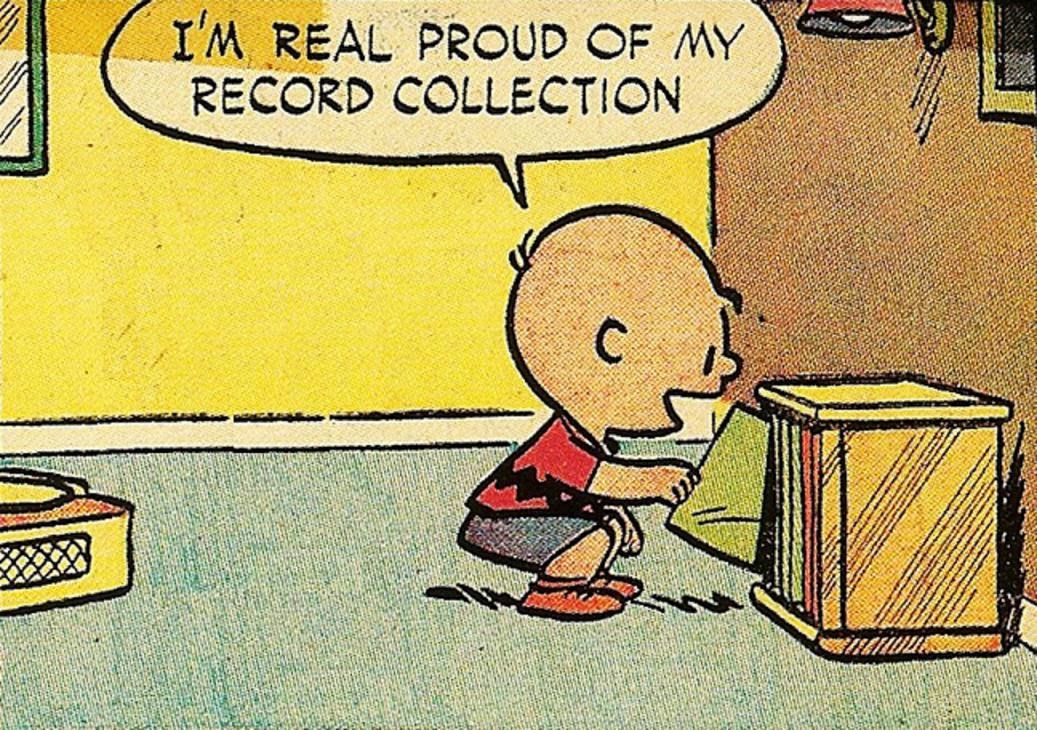

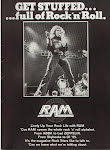
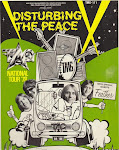

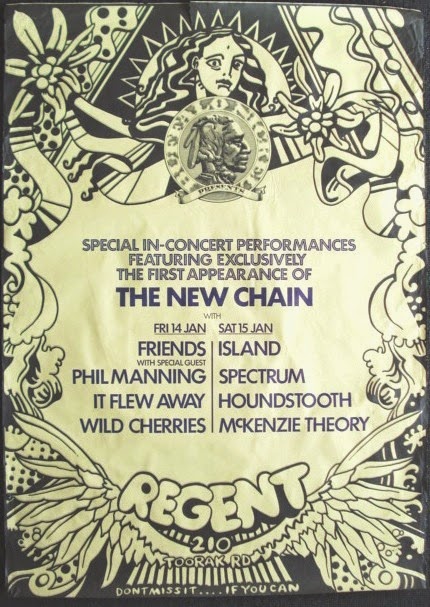









+Countdown1.jpg)










.jpg)

















+Surfboard+from+Wizards+Of+the+Water.jpg)
